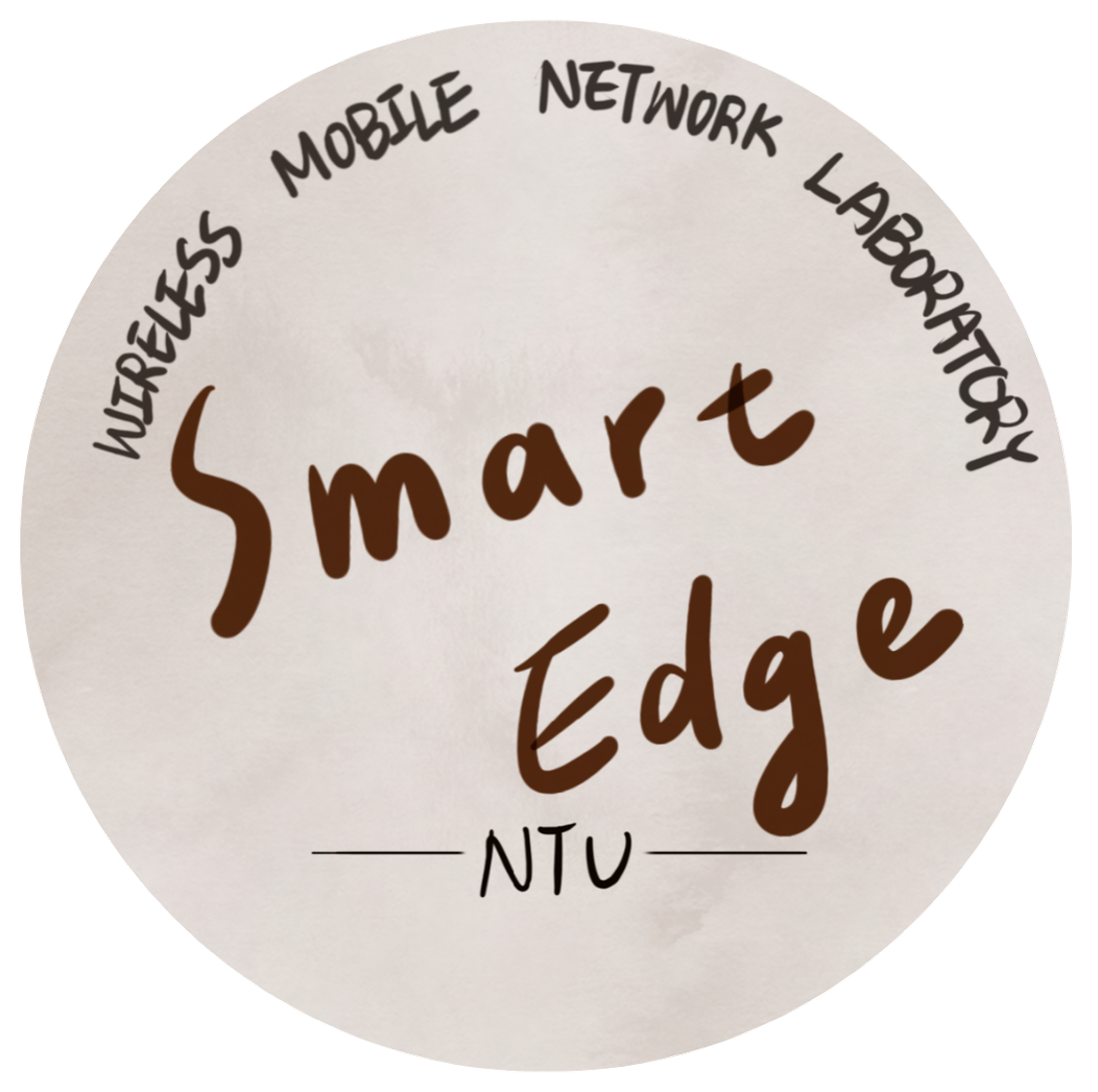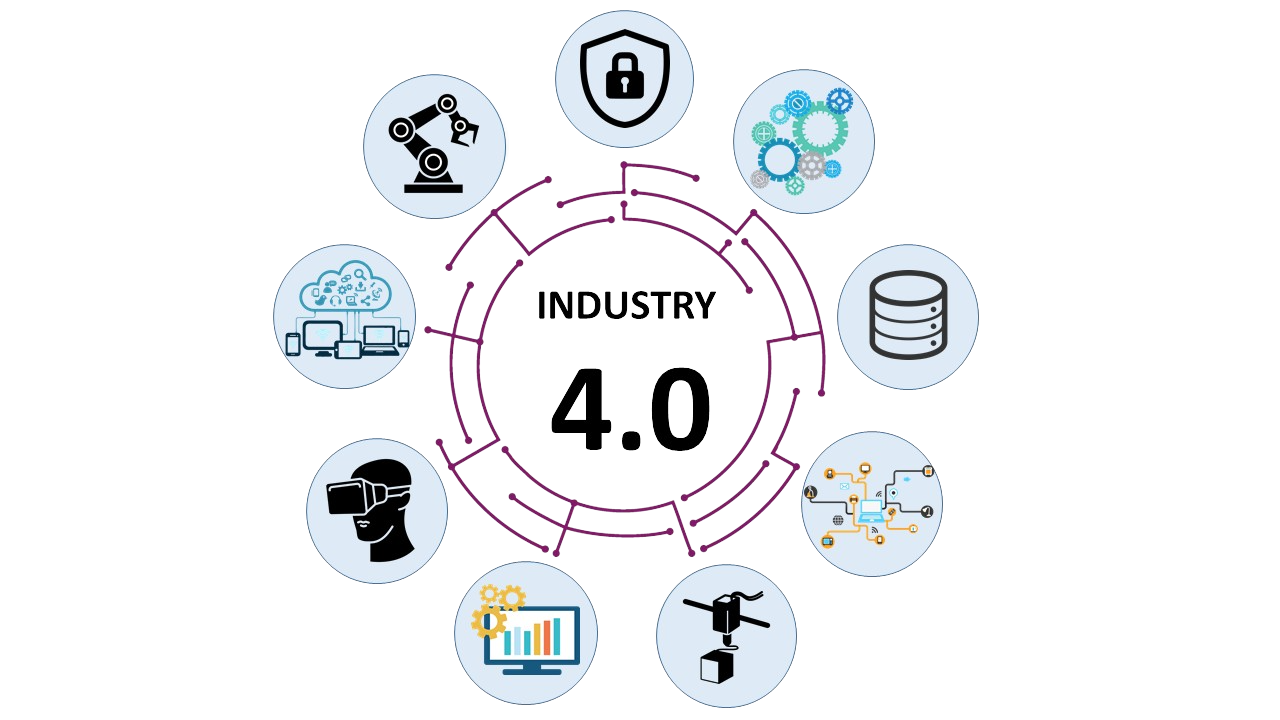About IEEE 1935
Edge computing as an emerging technology that can host the mobile applications closer to its users, provides lower latency, higher efficient bandwidth and service delivery, as well as better user quality of experience. The innovative mobile applications, such as augmented reality, facial detection, and interactive applications, evolve as mobile devices and attract great attention due to their ability to bring convenience and spice up people’s lives. With a core concept similar to edge computing of placing the computing capacity at the local area network, fog computing is more often used in Industrial Internet of Things (IIoT) scenarios. Coming up as a modern solution to catch up with such needs, edge/fog computing is a brand-new and promising paradigm to offer an environment characterized by low latency and necessary resources for mobile devices to liberate them from the computing-intensive and real-time applications. IEEE 1935 is a standard that defines the management and orchestration for Edge/Fog Computing, proposed by IEEE EDGEMGBT working group. The standard aims to specify the system archtiecture, necessary opeartions, and relavent APIs for a complete Edge/Fog system. Aside from the content of the standard, which can be found in the "standard" page, this website also demonstrates an example of implmenetation and gives some guide for the starters.
Even though the edge devices are closer to their users and thus may provide the advantages described above, their fewer capacities of computation and storage than cloud computing is another fatal issue in practice. Edge/Fog systems are also responsible for maintaining the common operations, handling the application lifecycle, providing a corresponding environment for the mobile services, performing the functionalities of storage and traffic control, and supporting service mobility.
